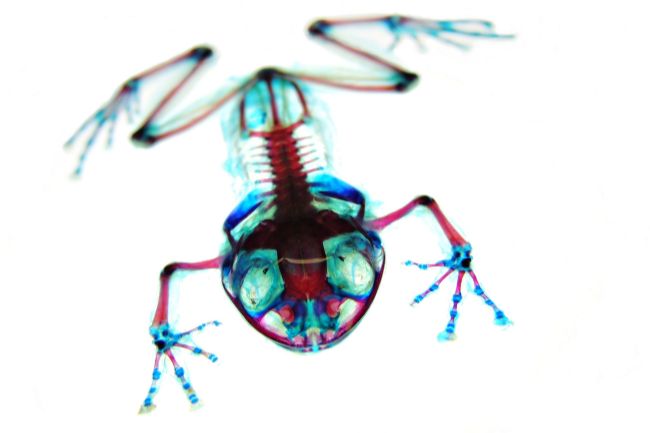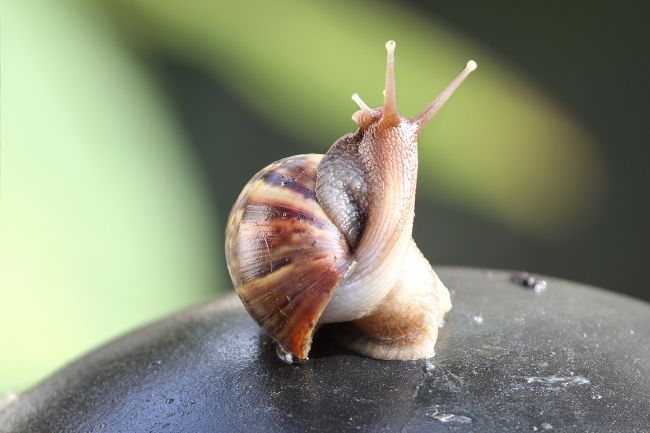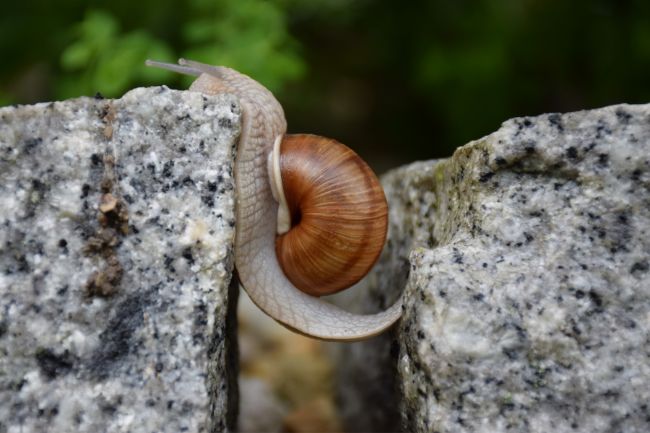A snail is an invertebrate, as it does not have an internal spinal column. Instead, snails have an exoskeleton, in the form of their snail shell. This shell helps give their body structure, protects them from predators, and stops them from becoming too dehydrated.
Contents
What are vertebrates and invertebrates?

There are many ways to divide up animals into different groups. Some of these groups are very precise and scientific and are made up of more closely related animals. For example, arthropods are animals with hard external skeletons, known as exoskeletons, jointed appendages and segmented bodies.
Other groupings are less precise and may be used informally. At first glance, the groupings of vertebrates and invertebrates may appear very scientific, being based on the anatomy of the animals it divides. The division is based on the presence of a vertebral column; the spine and associated nerves. Vertebrates have this spinal column, while invertebrates do not.
| Characteristic | Vertebrates | Invertebrates | Snails |
|---|---|---|---|
| Presence of Backbone | Have a well-developed backbone or vertebral column | Lack a backbone or vertebral column | Lack a backbone or vertebral column |
| Body Structure | Bilaterally symmetrical with segmented body | Varied body structures with different phyla | Coiled shell, soft body, and muscular foot |
| Nervous System | Centralized nervous system with a brain and spinal cord | Nervous system with varying complexity levels | Simple nervous system with ganglia and nerve cords |
| Respiratory System | Gills or lungs for breathing | Varied respiratory structures | Gills or lungs depending on the species |
| Reproduction | Sexual reproduction with internal fertilization | Varied reproductive strategies | Mostly hermaphrodites capable of both self-fertilization and cross-fertilization |
| Examples | Fish, reptiles, birds, mammals | Insects, worms, mollusks, arachnids, etc. | Garden snails (Cornu aspersum), Roman snails (Helix pomatia), etc. |
Such a division may appear very logical, however, while vertebrates are all related to a historical ancestor, invertebrates are much more varied, and not likely to be closely related. Vertebrates include all mammals, birds, fish and reptiles, as well as humans. Invertebrates include the remaining 95% of animals, including a wide variety of creatures such as jellyfish, insects and crustaceans.
As they do not have a spinal column, invertebrates have to come up with other ways to give their bodies shape and be able to move. As this wide and varied group is largely unrelated, they have developed lots of different ways to do this. Annelids, such as earthworms, have a hydrostatic skeleton, which is a fluid-filled skeleton, which provides shape by being filled with fluid at high pressure. Others, such as arachnids, have a hard external skeleton.
Also read: Earthworms Front and a Back End Explained (Difference)
What are snails?

There are around 43,000 species of snails across the world, with a high percentage living within aquatic habitats, such as freshwater rivers, lakes and ponds, or marine habitats. Snails are easily recognizable through the presence of their beautiful and varied spiral shells. These shells are attached to a soft body, with one long flat foot, which they crawl across the ground on.
Snails are largely vegetarian, and often controlled as agricultural pests. They are also an important part of the food web, eaten by a wide variety of creatures, from birds to mammals, to humans. Slugs are closely related to snails, but separated out due to their lack of a shell.
Are snails invertebrates or vertebrates?

Snails are a kind of mollusc, sitting within the same group as octopus, squid and clams. The vast majority of the mollusc group is made up of gastropods, around 80% of the group. Gastropods consist of slugs and snails and include land, freshwater and sea slugs and snails. The main difference between slugs and snails is that snails have a shell, which they carry around with them.
As with other invertebrates, snails do not have an internal spinal column. Instead, they have an exoskeleton. An exoskeleton is an external skeleton, rather than an internal skeleton structure. The snail’s exoskeleton is made up of its shell. While we may think of a snail’s shell as being somewhat separated from the rest of the snail’s body, they are linked together, with muscle attachments allowing the snail to support its movements through the use of the shell.

As well as providing support, the shell offers protection from predators, with many snails being able to fully retreat into their shells if threatened. As snails need to remain moist to survive, the shell is also important in being able to protect snail’s from the sun, helping them to remain moist and avoid dehydration.
Snail shells are largely made of calcium and grow with the snail as it develops. Within the Gastropoda, there are snails that have lost their shells over time, and these are commonly called slugs.
Slow and steady
Snails are famous for their slow and steady pace. One of the reasons for their inability to move more quickly is the due to the fact they are an invertebrate. With no internal skeleton, they are reliant on their exoskeleton to move. While some invertebrates have come up with a clever alternative, in the form of the exoskeletons utilized by insects and crustaceans, the snail’s shell simply isn’t as good at speedy locomotion.
Still, when your main prey species is a local lettuce, or a neighbouring slug, the need for speed is relatively minimal.

